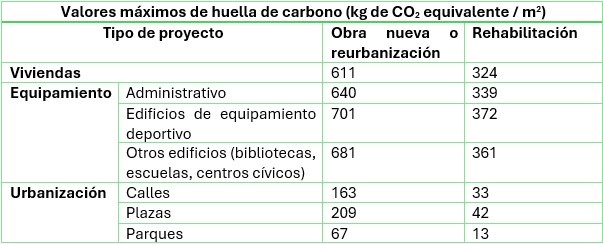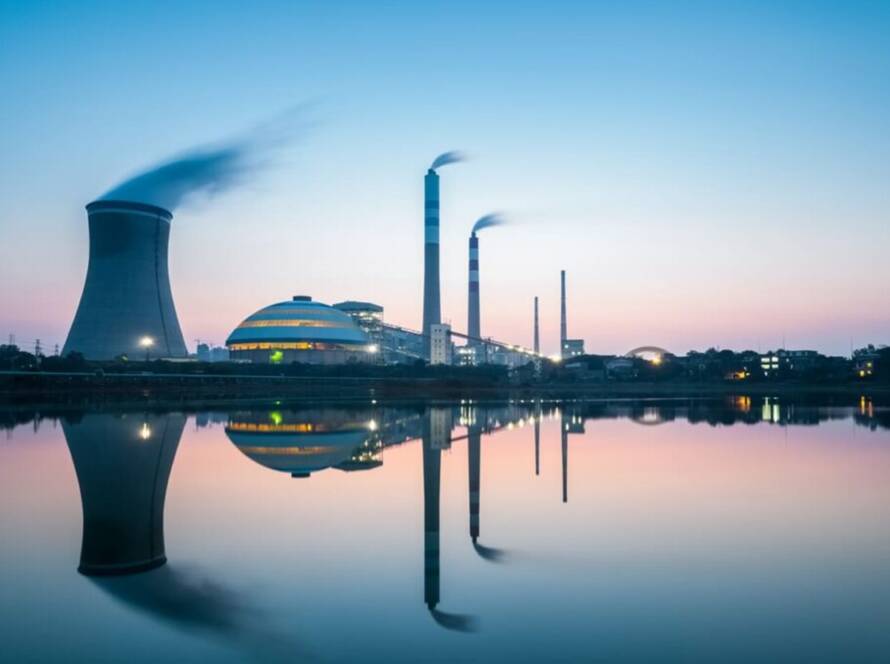Population growth leads to the construction of new buildings for housing and public spaces for all to enjoy. Unfortunately, until now, construction has been a sector with high greenhouse gas emissions, high energy consumption and high global waste generation.
To avoid the continuity of this direct relationship between building, emissions, energy and waste, the Estudi Ramon Folch (ERF) together with a team of technicians from the AMB and the Metropolitan Institute for Land Development and Property Management (IMPSOL) and with the participation of Green Building Spain (GBCe) have drawn up the third edition of the Sustainability Protocol for AMB and IMPSOL projects and works.
This Protocol covers building projects, which can be new construction or rehabilitation, as well as redevelopment or rehabilitation of public spaces, contracted by the AMB and IMPSOL. Three types of projects are contemplated, namely housing, equipment and urban development (streets, squares and parks).
The Protocol creates six areas of action that consider different environmental aspects: Monitoring and cross-cutting analysis, Energy, Water, Materials, Comfort and Health, and Site Sustainability. Each area contains different criteria that must be met, provided that the type of project includes that criterion. Each criterion is then divided into different requirements, mostly of a quantitative nature, showing limit values or the definition of monitoring indicators.
Requirements of the protocol on the use of building materials
For the area of materials,
the objective is to assess the environmental impacts of materials by monitoring their CO
monitoring of their CO2 equivalent, and through the use of
materials with certificates guaranteeing sustainability. For
Therefore, within this area we have two criteria, the minimisation of the carbon footprint, and the use of materials with eco-labels I and III.
carbon footprint, and the use of materials with ecolabels I and III.
Criterion 7 refers to
minimisation of the CO2 equivalent, a criterion in which
emissions are expected to be reduced in building works and public spaces, produced by the selected materials.
produced by the selected materials. During the design stage of the
design stage of the project, a definition of the materials to be used in the construction is already required, taking into
construction, taking into account the strategies to reduce the carbon footprint, such as
the carbon footprint, as specified in the first requirement (7.1). In addition, requirement 7.2
requirement 7.2 sets maximum CO2 equivalent which
depend on the type of project, as can be seen in the following table:

Therefore, the realisation of works will entail the definition of a greenhouse gas emission limit for that work. This limit expresses the sum of the emissions of the materials used during the material manufacturing phase (procurement of raw materials, transport to the manufacturer and manufacture) and the construction phase (transport to the construction site and its construction).
On the other hand, another indicator is expressed in requirement 7.3, the minimum percentage of recycled aggregates, which shall be 100 % for some materials (e.g. non-structural concrete).
Criterion 8 specifies the use of materials bearing a type I and III eco-label. According to requirement 8.1, the minimum percentage of eco-labelled materials is defined in the table below, and is based on the total cost of materials.
Regardless of the value of the carbon footprint, a minimum number of materials must have a Type I ecolabel (voluntary environmental rating system that certifies that the product has a minor impact on the environment throughout its life cycle) or Type III (Environmental Product Declarations or EPDs).
In addition, if the maximum footprint value of CO2 for criterion 7 could be justified provided that the elements with the highest environmental impact have a Type I or III eco-label, which specifies the entire life cycle of the material.
In summary, the AMB and IMPSOL works will demand new requirements for the materials to be used in them, which are mainly based on a maximum carbon footprint limit, and on favouring materials containing type I and III ecolabels. Therefore, the manufacture of materials with reduced emissions will be a plus point for participation in this type of works, and having WTP will be crucial to achieve the same objective. At Zirkel we carry out carbon footprint calculations, as well as Life Cycle Assessment (LCA) to obtain EPD.
Link to the Protocol:
https://protocolsostenibilitat.amb.cat/




